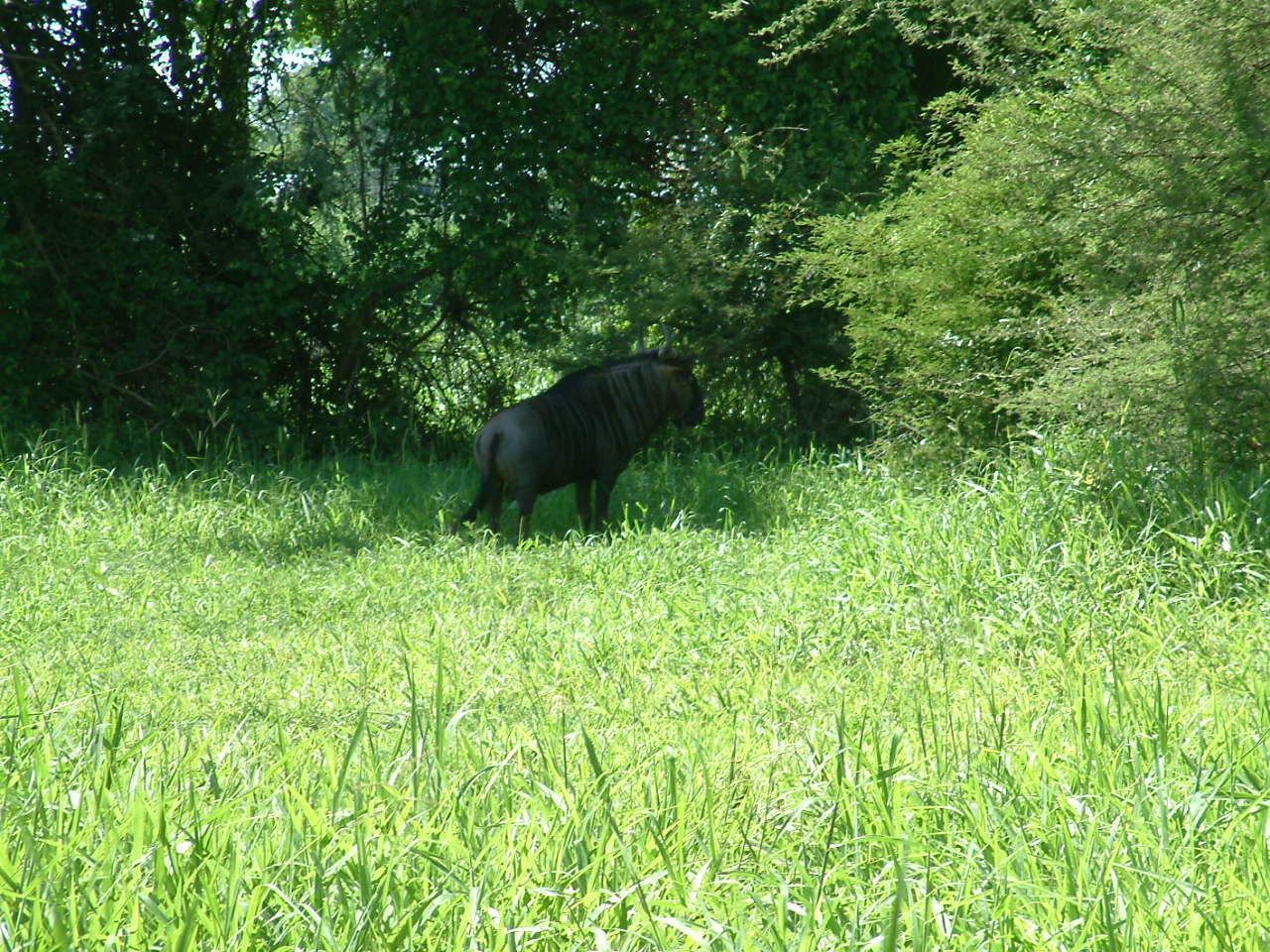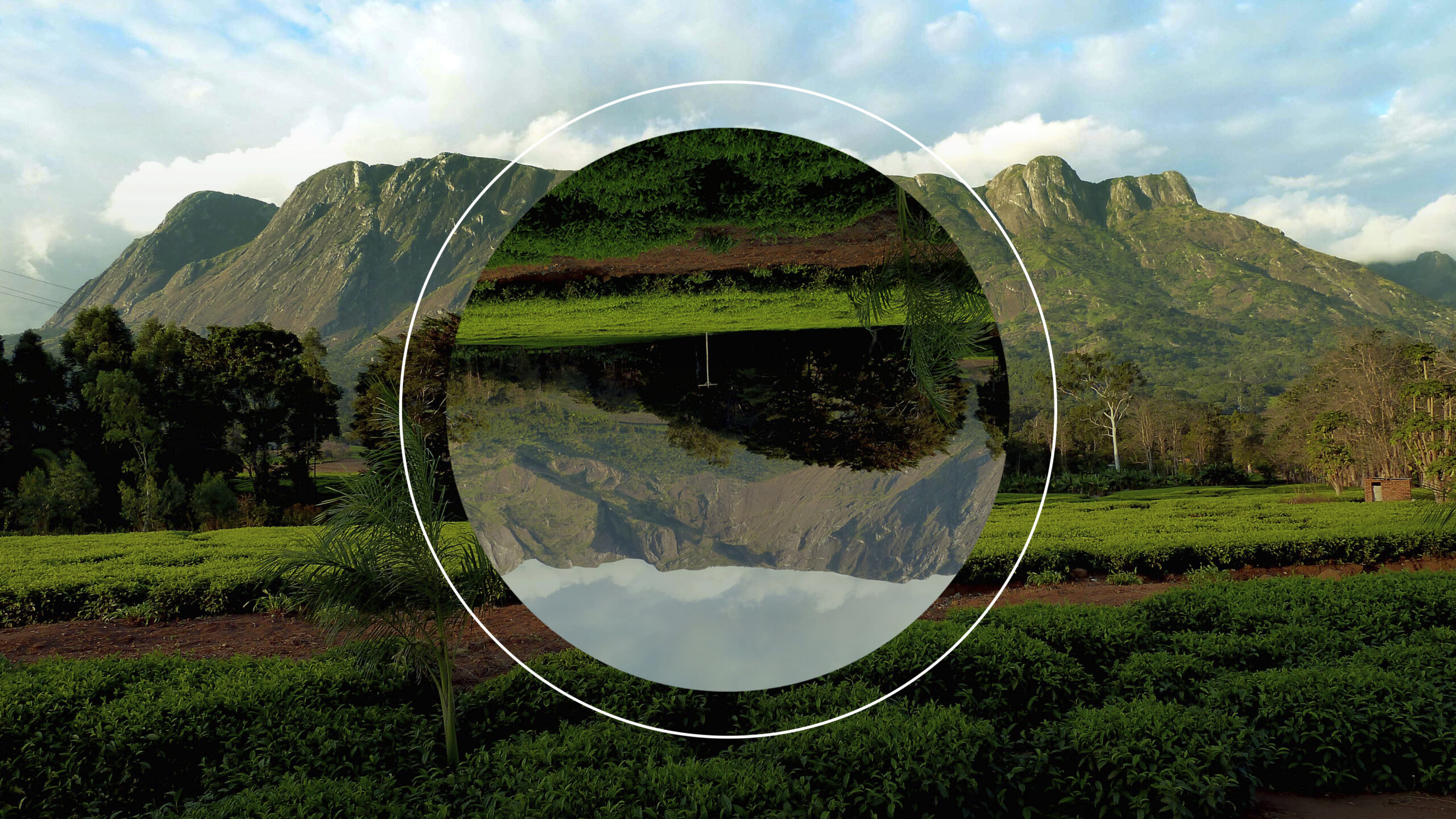SEE & DO -
Dzalanyama Forest Reserve
Gazetted as a forest reserve in 1922, Dzalanyama – Chichewa for ‘Place of Animals’ – extends over 990km on the Mozambican border, about 60km southwest of Lilongwe. The reserve’s dominant feature is the Dzalanyama Hills, whose steep slopes form a 70km watershed between Malawi and Mozambique, and it protects extensive areas of indigenous Brachystegia woodland studded with large granite boulders. Some large wildlife remains, most visibly vervet monkey, chacma baboon and bush duiker, but a small herd of sable antelope is resident, leopard and samango still haunt the forests, and spotted hyena are often heard at night.
Dzalanyama is renowned among birdwatchers for its checklist of 300-plus species, and it is generally regarded to be the most diverse and best site in the country for Brachystegia-associated birds. As is often the case in this habitat, many birds tend to move around in mixed bird parties, which means you might go long periods seeing very little then suddenly be confronted by a flurry of multi-species’ activity. A good walk entails following the main logging road south from the forest lodge towards the waterfall. The boulders to the right are a good site for boulder chat, a Zimbabwean near-endemic recorded nowhere else in Malawi. And mixed bird parties might include the likes of miombo pied barbet, Stierling’s woodpecker, cinnamon-breasted tit, Arnot’s chat, white-tailed blue flycatcher, yellow-bellied eremomela and Stierling’s barred warbler. The dambo about 2km from the forest lodge supports a good selection of sunbirds, finches and seedeaters alongside Whyte’s barbet and the dashing little bee-eater. Other more scarce Dzalanyama species include pale-billed hornbill, Souza’s shrike, Boehm’s flycatcher, Anchieta’s sunbird and olive-headed weaver.





